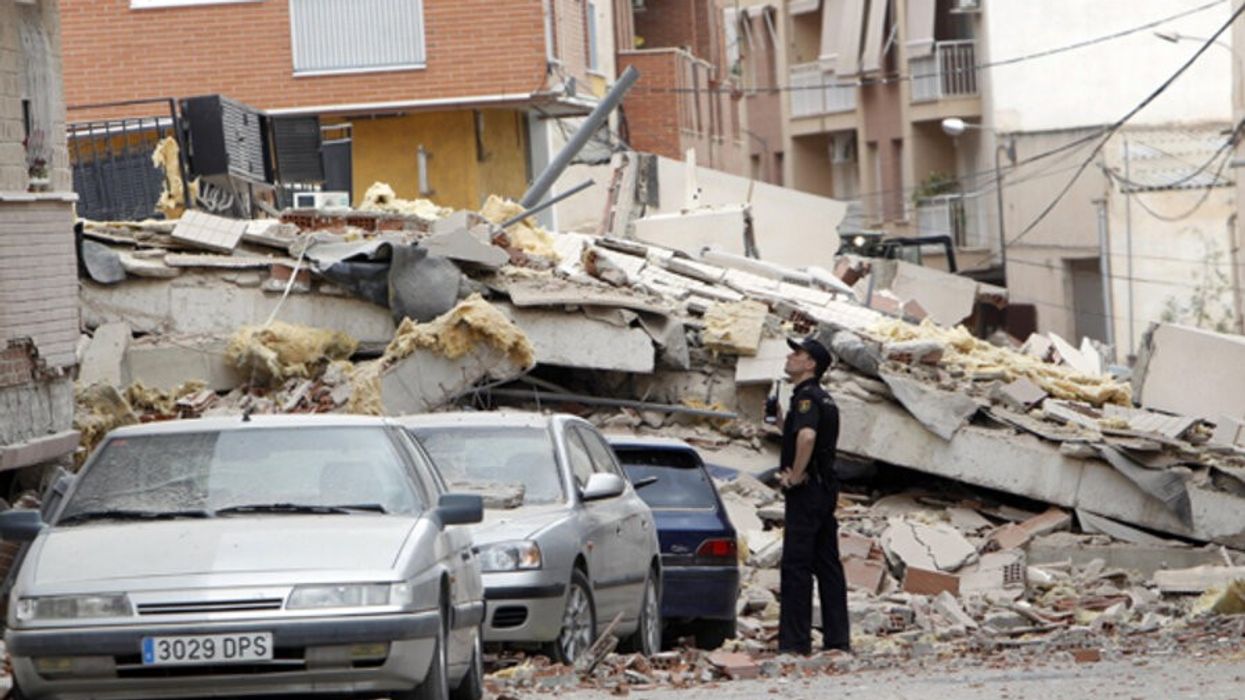Muttahida Qaumi Movement (MQM) founder Altaf Hussain has been hospitalised in London after falling seriously ill, according to a party official.
Hussain, 71, was admitted to a hospital on Thursday due to a severe illness, where doctors carried out various tests, Mustafa Azizabadi, Convener of MQM’s Central Coordination Committee, said on social media.
"The founder and leader of MQM, Altaf Hussain, has been admitted to a hospital in London due to severe illness, where various tests have been conducted on him,” Azizabadi said.
“Doctors have conducted various tests and are focusing their attention on his treatment,” he added in a video message, as quoted by Dawn.
Hussain has been living in London since 1992 and holds British citizenship, the report said.
He often delivers political speeches to his supporters in Karachi through social media platforms.
Hussain founded the party in 1984 under the name Muhajir Qaumi Movement to represent the Urdu-speaking community that migrated from India to Pakistan during the 1947 partition.
Born on September 17, 1953 in Karachi, he started his political career in 1978 by founding the All-Pakistan Muhajir Students Organisation (APMSO).
In the 1988 general elections, MQM won a majority in Sindh’s urban areas and became the third-largest party in the country, Dawn reported.
Hussain has remained in self-imposed exile since the early 1990s after the government launched an operation in Karachi at the time.
(With inputs from agencies)
















